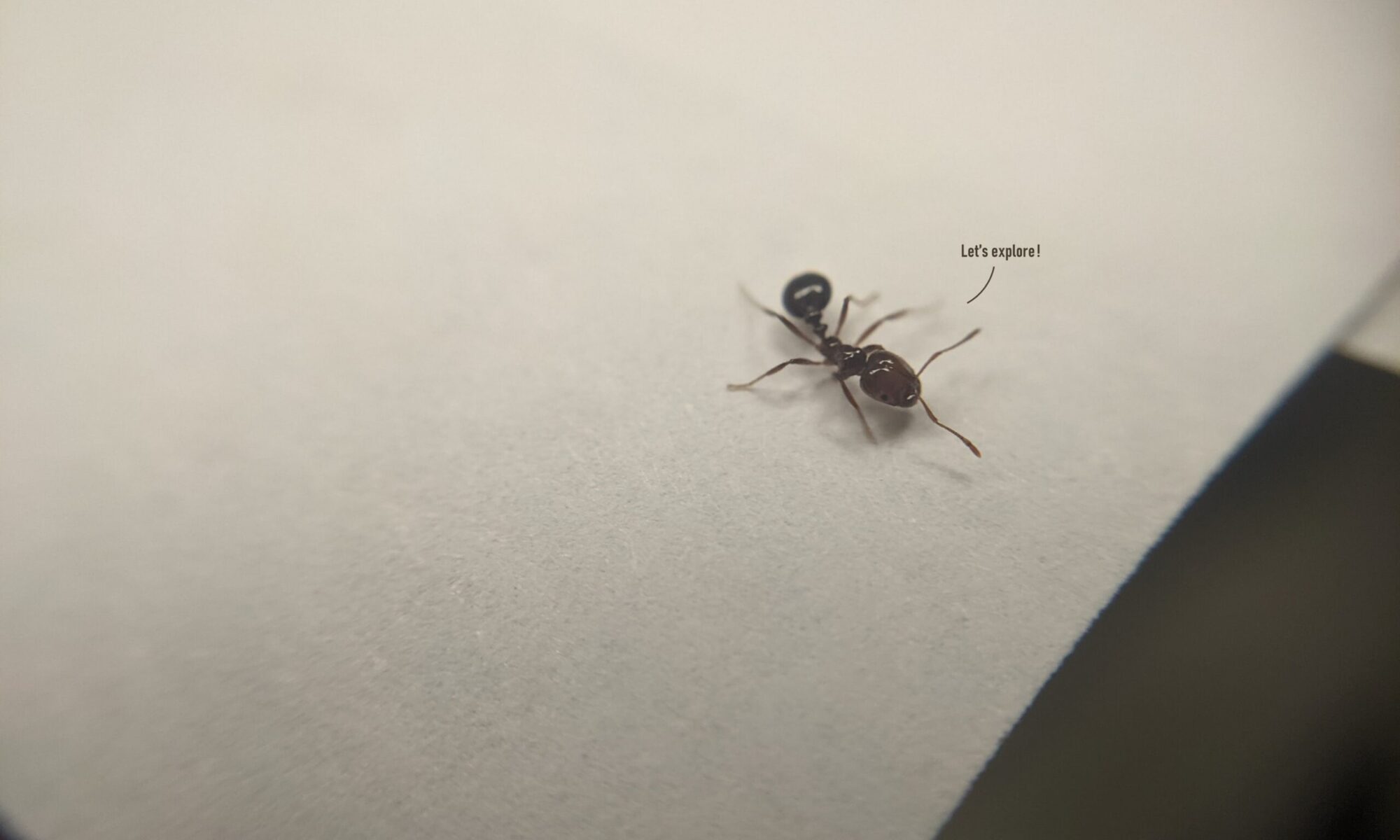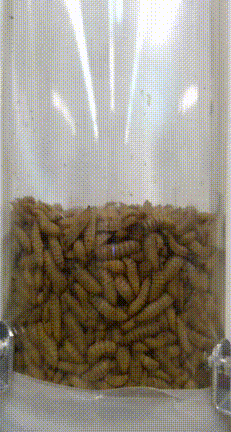Feeding black soldier fly larvae in dense aggregation is challenging because they overheat due to metabolism and die.
One way to maintain a cool and happily feeding batch of larvae is to supply airflow from below. This technique, called fluidization, is commonly used in many industrial applications to maintain good mixing and uniform temperature distributions.
However, how living aggregates respond to the airflow is poorly understood. How do larva activities impact the response? That’s the main focus of this project. I performed experiments with both live and dead larvae. In addition, I built a simulation that couples the larva activity with the fluid forces.

